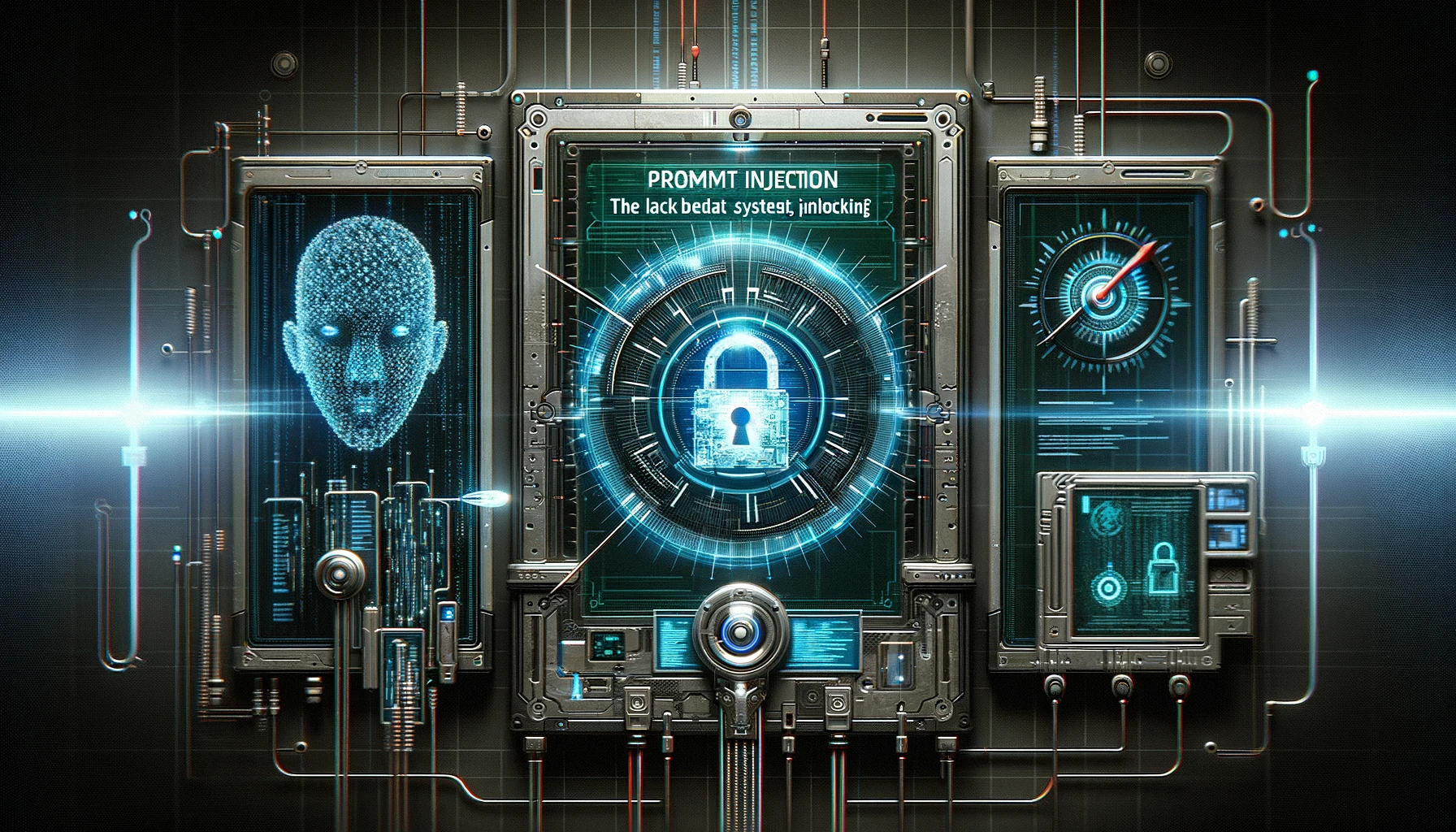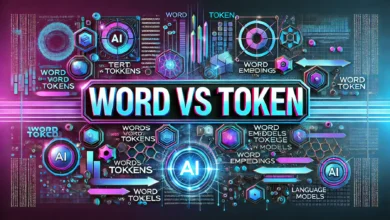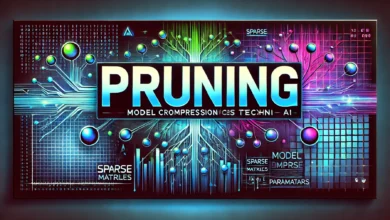
Generative AI systems that rely on the emerging Model Context Protocol (MCP) powerful new capabilities autonomous agents, real-time tool use, and seamless access to enterprise data. Yet the same features create novel attack surfaces that traditional AppSec patterns cannot fully address. This guide maps the threat landscape, pinpoints security gaps unique to MCP deployments, and provides engineering-grade practices, controls, and reference patterns to build resilient, compliant, and trustworthy Gen AI solutions.
Overview
MCP acts as the “USB-C” of AI, standardizing how large-language-model (LLM) clients discover, call, and exchange context with remote servers that expose tools, data, and memory. While the protocol accelerates integration, it also allows untrusted instructions, sensitive payloads, and delegated actions to traverse new channels, raising risks ranging from prompt injection to privilege escalation.
This report dissects these risks at every layer model, MCP client, MCP server, transport, and surrounding control plane and prescribes a defense-in-depth blueprint aligned with zero-trust principles, OWASP LLM Top-10 guidance, and industry compliance mandates.
MCP Fundamentals and Architectural Layers
What MCP Adds to Classic Gen AI Stacks
- Standardized JSON-RPC over STDIO, SSE, or WebSocket to expose “tools” and “resources” to LLMs.
- Dynamic capability discovery so agents can self-select external services without hard-coding.
- Long-term context and memory management for agentic workflows.
Core Components
Threat Landscape for MCP-Enabled Gen AI
Expanded Attack Vectors
- Prompt Injection & Jailbreaks (LLM01) – Malicious user or indirect content instructs model to call privileged tool endpoints or exfiltrate secrets.
- Context or Memory Poisoning – Adversary inserts crafted data into persistent MCP memory to alter future agent behavior.
- Unauthorized Task Manipulation – Fake or reordered tasks in MCP queues trigger unintended side effects (e.g., unsanctioned financial transfers).
- Supply-Chain Model Theft – Compromised remote MCP server sends tampered weights, “sleepy pickle,” or backdoored vector embeddings.
- Data Leakage via Remote Servers – Unvetted MCP servers read or log proprietary content passed in JSON-RPC calls.
- Denial-of-Service & Resource Drain – Attackers flood servers with high-token prompts to exhaust inference quota.
Risk Severity Matrix
Governance and Compliance Concerns
Regulators increasingly scrutinize Gen AI data flows (GDPR, HIPAA, GLBA, NIS2). MCP expands data residency and chain-of-processing complexity:
- Data-Protection Impact Assessments must include all MCP servers and their sub-processors.
- Auditability full JSON-RPC trace logs and signed context hashes facilitate e-discovery.
- Continuous Monitoring mandated by NIST 800-53 Rev.5 controls AU-6 & SI-7 for adaptive AI systems.
Failing to document remote server scopes can trigger breach-notification duties within 72 hours under GDPR Articles 33-34.
Defense-in-Depth Blueprint
1. Design-Time Threat Modeling for MCP
- Extend STRIDE to cover Context and Tool Invocation assets.
- Enumerate trust boundaries: user ↔ client, client ↔ server, server ↔ downstream API.
- Use MCP-aware attack trees to map injection paths across memory blocks.
2. Context Integrity & Input Sanitization
3. Authentication, Authorization, and Zero-Trust
- Mutual TLS between clients ↔ servers; rotate certs via short-lived SPIFFE IDs.
- Scoped OAuth2 access tokens per tool with time-bound claims (“least privilege”).
- Continuous Authorization evaluate policy on every tool call (OPA/Gatekeeper) to mitigate context drift.
4. Memory and Task Queue Hardening
- Append-only, versioned KV store with tamper-evident hashes; verify before read.
- Encrypt long-term memory at rest with agent-specific keys (̲X̲C̲M̲K̲).
- Rate-limit queue operations; enforce causal ordering to block out-of-order replay.
5. Remote MCP Server Vetting
6. Observability & Incident Response
- Structured Logs: capture request-id, tool-name, prompt-hash, token counts.
- Anomaly Detection: statistical baselines on call frequency and prompt entropy.
- Kill Switch: revocation endpoint to cut access to misbehaving MCP servers within ≤10 seconds.
7. Guardrails at the Model Layer
- Fine-tune refusal policies (“system-only” directives) and maintain sandboxed evaluation contexts to quarantine risky output before downstream execution.
- Multi-model consensus to cross-validate tool arguments (LLM firewall).
Reference Secure MCP Architecture
High-Level Flow
1 User Prompt → 2 MCP Client (AuthZ, Escaping) → 3 MCP Server (Policy, Data) → 4 LLM Reasoning → 5 Guardrail Output Filter → 6 User Response
Security Controls Placement
Case Study: Finance-Grade MCP Deployment
A global bank built an MCP-enabled agent to automate KYC document reviews:
Integration Checklist for Engineering Teams
- Map Assets – Document each tool, server, and data store exposed via MCP.
- Model Threats – Use STRIDE-plus-Context diagrams for every flow.
- Select Controls – Apply input validation, mTLS, OAuth scopes, tamper-evident storage.
- Automate Testing – Incorporate red-team prompt fuzzing into CI/CD.
- Monitor & Respond – Stream structured logs to SIEM; define playbooks for compromise.
- Review Periodically – Re-assess scopes and memory integrity every sprint.
Failure to revisit scopes as agents evolve leads to least-privilege drift and latent exploits.
Emerging Best Practices & Future Trends
- Credential-Free Invocation – MPC-style delegated authorization using ephemeral capability tokens to minimize long-lived secrets.
- Context-Aware Zero-Trust – Access decisions factoring risk signals (prompt toxicity score, IP reputation) in real time.
- AI Firewall Products – Dedicated proxies that inspect and mutate prompts/tool calls (e.g., Cloudflare AI Gateway) to block injection in transit.
- Dual MCP Stacks – Separate Model Control Plane (routing/policy) from Model Context Protocol (payload integrity) to avoid confused-deputy crossovers.
Conclusion
MCP is rapidly becoming the connective tissue of enterprise Generative AI, but it shifts the battleground from static APIs to dynamic, stateful, and context-rich exchanges. Securing MCP architectures demands holistic defenses: rigorous threat modeling, cryptographically enforced context integrity, zero-trust transport, continuous authorization, and specialized guardrails for large-language-model behavior. By embedding these controls early and maintaining relentless observability, architects can harness MCP’s agility without sacrificing confidentiality, integrity, or compliance.
Appendix A – OWASP LLM Top-10 vs MCP Controls
References:
https://www.redhat.com/en/blog/llm-and-llm-system-risks-and-safeguards
https://www.akto.io/learn/what-is-mcp-security
https://www.pomerium.com/blog/secure-access-for-mcp
https://www.paloaltonetworks.com/cyberpedia/large-language-models-llm
https://www.techtarget.com/searchsecurity/tip/Types-of-prompt-injection-attacks-and-how-they-work




